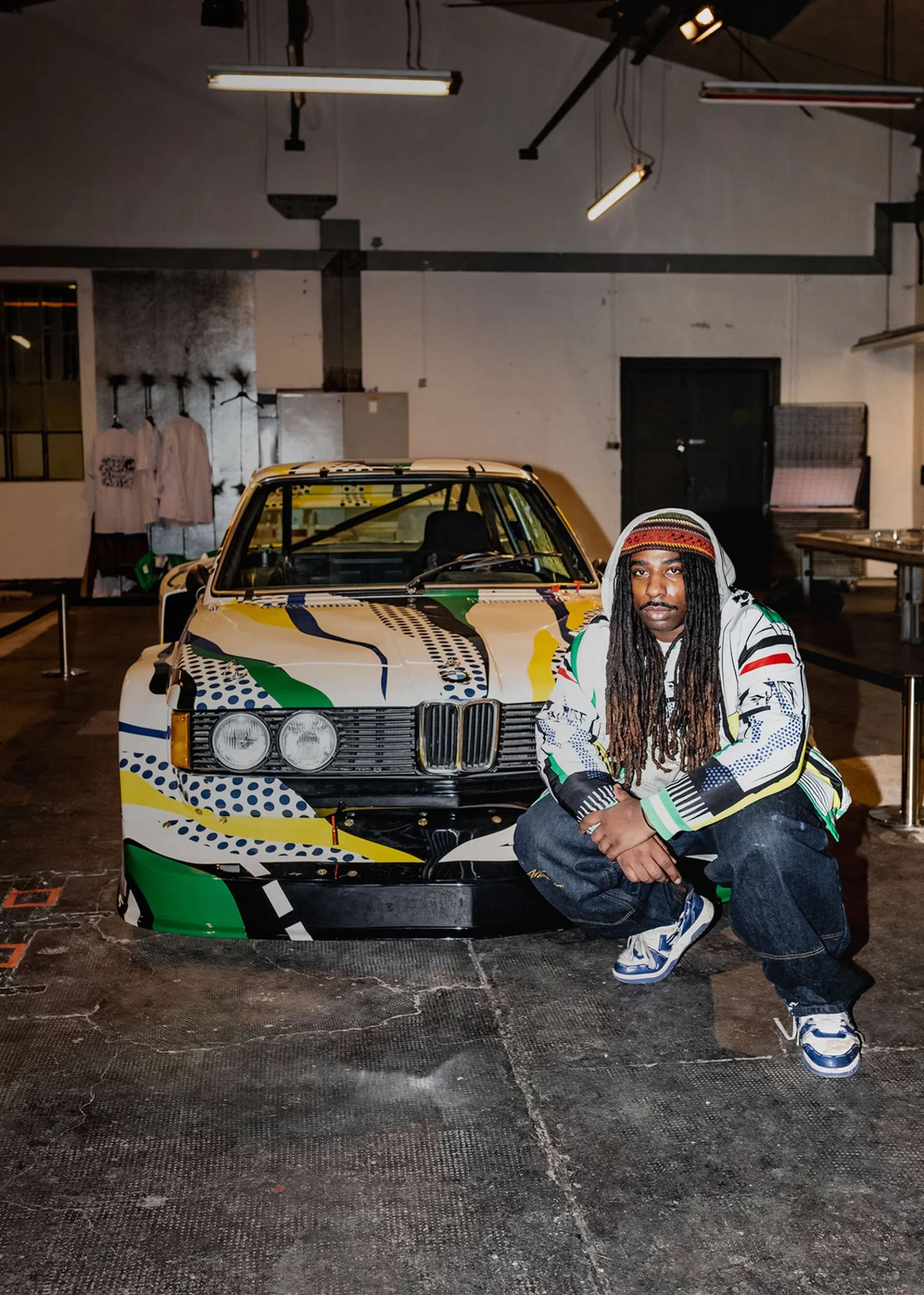In the evolving art world, the intersection of art movements like Pop-Art with commercial branding marks a significant shift. This trend sees art transcend traditional boundaries, blending with brand identities and consumer culture. It not only enhances aesthetic appeal but also reshapes brand storytelling and consumer experiences, indicating a potential new movement where art’s role in society and commerce is redefined.
For example the intersection of automotive design and fashion with contemporary art is definitely not common. This event illustrates how art movements like Pop-Art, originally separate from commercial domains, have increasingly become intertwined with brand identities and consumer culture.

It reflects a growing trend where artistic styles, beyond their aesthetic value, are utilized to enhance brand storytelling and create unique consumer experiences. This fusion of art with commercial branding represents a shift in how art is consumed and perceived in the modern era.
Significance
Why am I writing about this and what is the significance you may ask? It’s significant for several reasons. It marks a shift in how art is consumed and perceived, blending aesthetics with marketing and consumer experience. This trend could signify a new movement in art where the boundaries between commercial and artistic spheres are increasingly blurred. The importance lies in how this fusion can redefine art’s role in society, potentially leading to innovative ways of engaging with art and influencing how brands connect with audiences.
The Dangers Ahead Exposed
The trend of fusing art with commercial branding presents several potential dangers for artists:
- Compromised Artistic Integrity: Collaborating with brands might pressure artists to alter their vision to suit commercial interests, potentially compromising their artistic integrity and the authenticity of their work.
- Over-commercialization: There’s a risk of art becoming primarily a tool for marketing, reducing its perceived value as a medium for personal expression, social commentary, or cultural reflection.
- Loss of Creative Control: In brand collaborations, artists might have less control over how their work is used, presented, or modified, which could lead to conflicts or dissatisfaction with the end result.
- Market Saturation: As more artists engage in such collaborations, the market could become saturated, making it harder for individual artists to stand out or for their work to be appreciated for its artistic merit rather than its branding value.
- Economic Dependency: Reliance on brand collaborations for income could make artists economically dependent on commercial entities, potentially influencing their artistic choices and freedom.
- Public Perception: There’s a risk that the public might start perceiving art mainly as a commercial commodity rather than a form of cultural expression, which could affect how art is valued and engaged with by society.
- Homogenization of Style: To align with brand aesthetics, artists might gravitate towards more homogenized styles, reducing the diversity and richness of artistic expression.
The statement “Diesel is not my company, it’s my life” is a reflection of the passion of Renzo Rosso, founder of and driving force behind the Italian clothing brand Diesel. Intuitively he manages the Diesel brand as a totally focused system of decisions, forces, and stakeholders.
https://books.google.tm/books/about/The_Science_and_Art_of_Branding.html?id=XrcqlxhzdHQC&redir_esc=y






